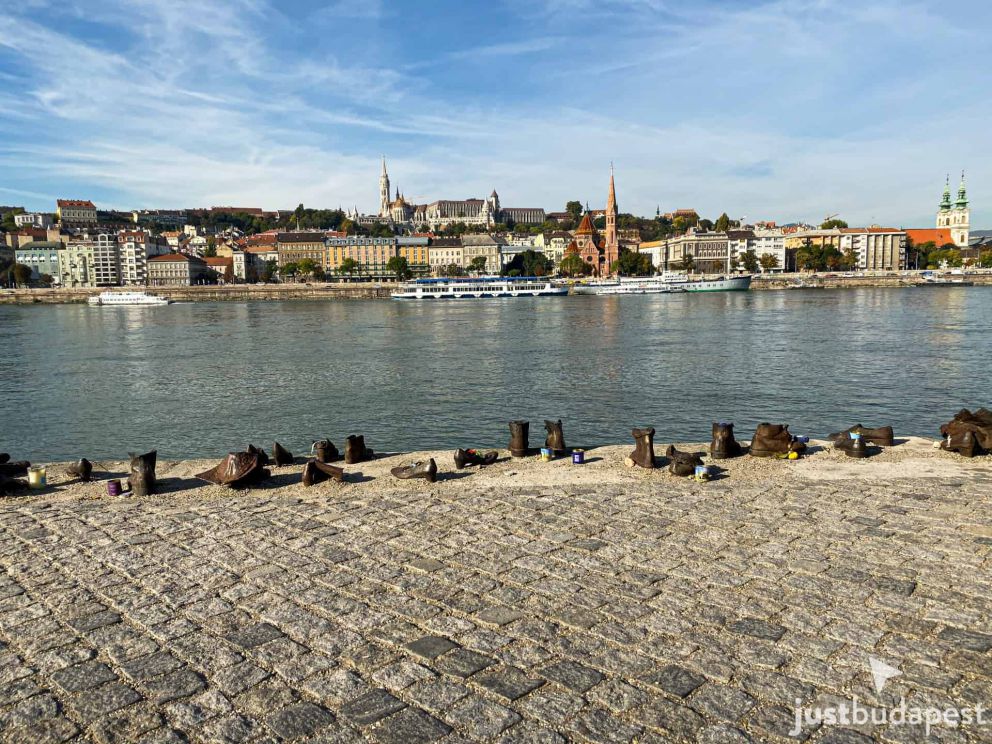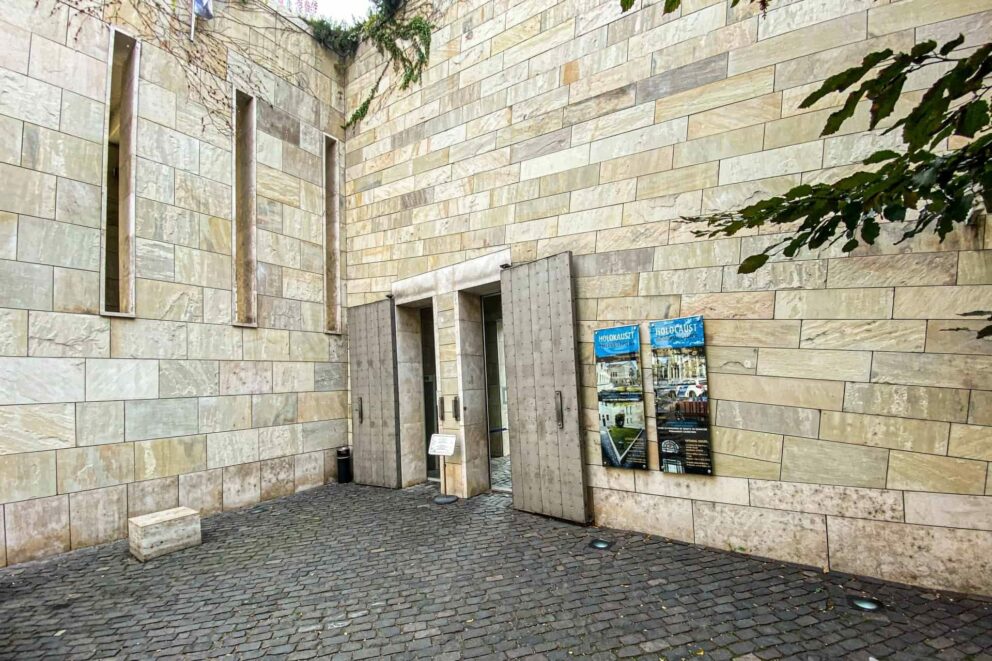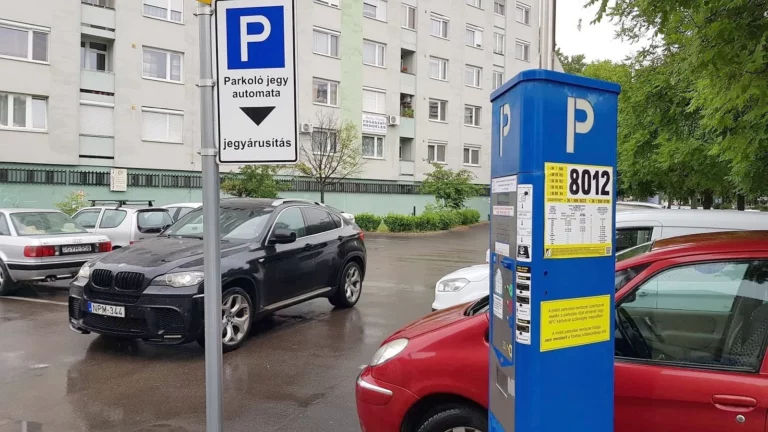Shoes on the Danube bank, Budapest

Shoes on the Danube bank, Budapest
Shoes on the Danube Bank is a powerful Holocaust memorial in Budapest, featuring iron shoes that honor victims killed by the Arrow Cross militia in WWII.
Budapest is a city famously bisected by the Danube. No matter which side you’re exploring, both banks have promenades full of splendor: Buda offers a stroll dotted with historical buildings like the Buda Castle, while the Pest side has some of the most dazzling monuments in the capital. Among all the flurry of sights, there is one, however, that is known not for its fancy architecture or coveted history. The ‘Shoes on the Danube Bank’ is a quiet and grim memento of World War 2. But what does this installation commemorate, and how can you reach it? Read on to find out.

A short history lesson
The story of the Shoes starts just before the 20th century. Miklós Voglhurt was a well-known artist born in 1898 to a Jewish family. He always knew that his career lay in music and theatre. Although he quickly became a prominent artist, due to anti-Semitism being on the rise in Budapest, he was forced to changed his name into Miklós Vig (‘víg’ means cheerful in Hungarian, alluding to him trying to cheer up his audience with his music). Although Miklós Vig didn’t have a Jewish name and he was married into a Catholic family, he was still taken by the Arrow Cross Party for Jewish activities.
Along with Miklós, many other Jewish people were stripped naked and forced to stand on the banks of Danube, with their faces towards the river. A firing squad would then proceed to execute each and every one of them; they all fell into the ice-cold river, their bodies carried away by the current. This didn’t only happen to Miklós but to thousands of innocent Jewish and Hungarian people. No burial was held, and they all became victims of a pointless massacre that affected the entire continent by then. Their shoes (a valuable commodity at the time) were all removed; an act which, 60 years later, prompted two artists to create an installation commemorating the victims.

Remembering the victims
Sculptor Gyula Pauer and film director Can Togay came up with the idea of ‘Shoes on the Danube Bank’ back in 2005 to commemorate the victims who were shot without mercy while standing on the bank of Danube. The installation consists of 60 pairs of shoes, all true-to-life in shape and size, sculpted out of iron. The variety of shoes (men’s boots, women’s high heels, and even children’s tiny footwear) represents how no one could escape the unparalleled cruelty of the firing squads of the Arrow Cross Party. As you walk along the installment, you’ll find three plaques commemorating the massacre with the following text:
To the memory of the victims shot into the Danube by Arrow Cross militiamen in 1944–45.
Erected 16 April 2005

How it fits in a sightseeing trip
As you might’ve already realized, Shoes on the Danube Bank is one of the grimmest landmarks in the entire city. For that reason, we recommend that you include it in specific itineraries that revolve around second world war sights or the Jewish District itself. Be sure to check our guide to Jewish Budapest; some of the guided tours include this installation in their stops. If you’d like to make it a truly memorable part of your trip, visit the Shoes at sunset: there’s nothing quite like seeing the sun dip behind the city, painting the sad memento with bittersweet tones of red and yellow.
The memorial is public and freely accessible 24 hours a day.

Additionally, visitors have placed love locks on the memorial—behavior widely criticized for disrespecting the site’s solemn nature While popular opinion leans toward removal of these locks, there’s no formal policy publicly documented about limiting this practice or imposing fines. Nonetheless, local staff and tour guides often politely discourage it.
Occasional incidents—such as the 2014 theft of a few bronze shoes—were reported but not treated as criminal cases, likely due to lack of formal reporting.
In August 2023, a tourist posed by stepping into the shoes. This triggered widespread criticism, prompting stronger messaging and visitor reminders from local and media organizations

Similar sights
Budapest has a handful of sights that offer tourists a piece of the darker side of Hungarian history. The Holocaust Memorial Center, for instance, provides an overview of the events and victims of the Hungarian Holocaust, while the House of Terror puts the terror of the Communist regime on display. None of these sights are easy to stomach, so if you’re only staying for a few days, we recommend you not include them all in your itinerary.
Getting there
Shoes on the Danube Bank is pretty easy to find as it’s right across the street in front of the majestic building of the Parliament. There are two ways of getting there: you can either take tram line 1, or get off metro line 2 at Kossuth tér, and then take a short walk.

FAQ
What is the significance of the Shoes on the Danube Bank memorial?
The Shoes on the Danube Bank memorial in Budapest, Hungary, honors the Jewish victims of the Holocaust who were shot by fascist Arrow Cross militiamen during World War II. It consists of 60 pairs of iron shoes cast along the Danube promenade, symbolizing the shoes left behind by those who were murdered and thrown into the river.
Where is the Shoes on the Danube memorial located?
The memorial is situated on the Pest side of the Danube, along the bank of the Danube river, near the Hungarian Parliament building. It is easily accessible for visitors who wish to reflect on the tragic history of the Jewish community in Hungary.
How many pairs of shoes are featured in the memorial?
The memorial features a total of 60 pairs of shoes made of cast iron. These shoes represent not only the Jewish victims but also serve as a poignant reminder of the lives lost and the historical significance of the Holocaust in Hungary.
What can visitors expect when visiting the memorial?
Visitors to the Shoes on the Danube Bank memorial can expect a somber and reflective experience. The shoes are arranged along the embankment’s edge, and cast iron signs provide context about the memorial’s purpose and the horrific events that took place. It serves as a powerful reminder of the victims shot into the Danube and the importance of remembering this dark chapter in history.
Where is Budapest? What pleasures does this amazing city offer to the tourists? If you are interested, you should read our article on the topic. As everyone knows, who once visited Budapest, this is the city, which you will never forget in your life!





